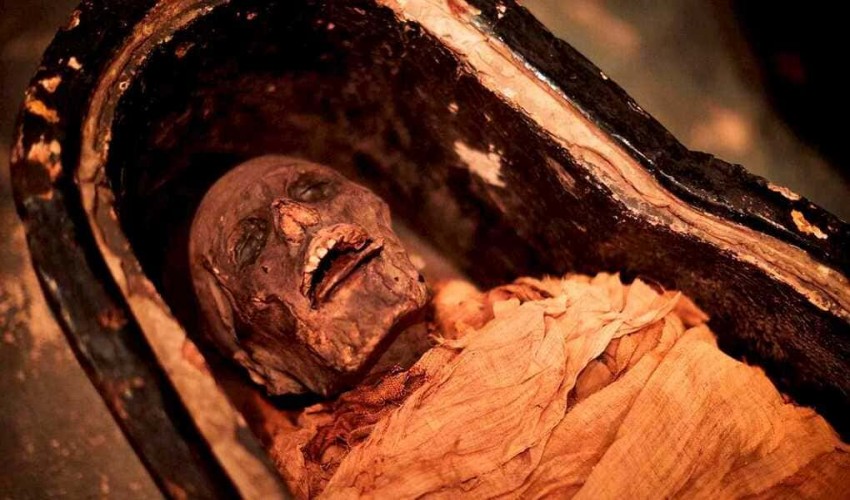
The art and science of mummification: taking care of your mummies
- Rating
- mummy
- egyptians
- mummies
- mummification
- mummified
- egyptologists
- tombs
- egyptian
- egypt
- pharaohs
Common ideas about ancient Egypt include mummies, the Great Pyramids of Giza, and the pharaohs. So how do these three things pertain to the definition of a mummy?
Figure 1 depicts a mummy, a body whose skin and flesh have been preserved by the use of chemicals or by exposure to the environment. The ancient Egyptians held that the former owner's "ka," or life energy, would constantly be hungry if the corpse wasn't preserved. A person's afterlife, or life after death, depended on the continuity of his or her ka. While the practise of mummification was likely first developed in ancient Egypt around 3500 B.C., earlier examples have been discovered in Pakistan (approximately 5000 B.C.) and Chile (around 5050 B.C.).
Egyptian mummification was a multi-stage process. The process began with a full bath in the Nile River to cleanse the body. The brain was then taken out via the nostrils and thrown away. The lungs, liver, stomach, and intestines were removed through an incision performed on the left side of the abdomen and stored in four canopic jars. It was thought that various gods watched over each jar. The ancient Egyptians believed that the heart was the seat of the mind and emotions, hence they did not remove it.
Afterwards, natron was used to coat the body and keep in the stuffing. Natron is a combination of many distinct desiccants that may be found in nature as a salt. Desiccants are substances that rapidly evaporate moisture from their surroundings. It accomplishes this by drawing moisture from the air. As you might have guessed, the reason for filling and coating the corpse with natron was to desiccate it by absorbing all of the body's fluids.
When the dehydration process was complete, the body was treated with scented oils and then gently wrapped in linen bandages. When the body was wrapped, it was placed in a sarcophagus and subsequently a tomb. The Great Pyramids of Giza were constructed as tombs for the Egyptian pharaohs Khufu, Khafre, and Menkaure.
Modern Egyptologists are interested in mummies because of the abundance of information they may give about ancient Egyptian culture. Scientists can learn about the mummified person's health, as well as life expectancy and the prevalence of various diseases in ancient Egypt, by analysing the bones.
This human biology experiment will put you in the role of royal embalmer (the person in charge of manufacturing the mummies), except that instead of an ancient Egyptian pharaoh, you'll be mummifying a hot dog. One of the desiccants in natron that you'll employ to mummify the hot dog is baking soda. If I want to mummify a hot dog, how long will it take? How can you recognise when the hot dog has dried up and become a mummy? To find out, crack open a box of hot dogs and a box of baking soda.
Leave a Reply
Your email address will not be published. Required fields are marked *


